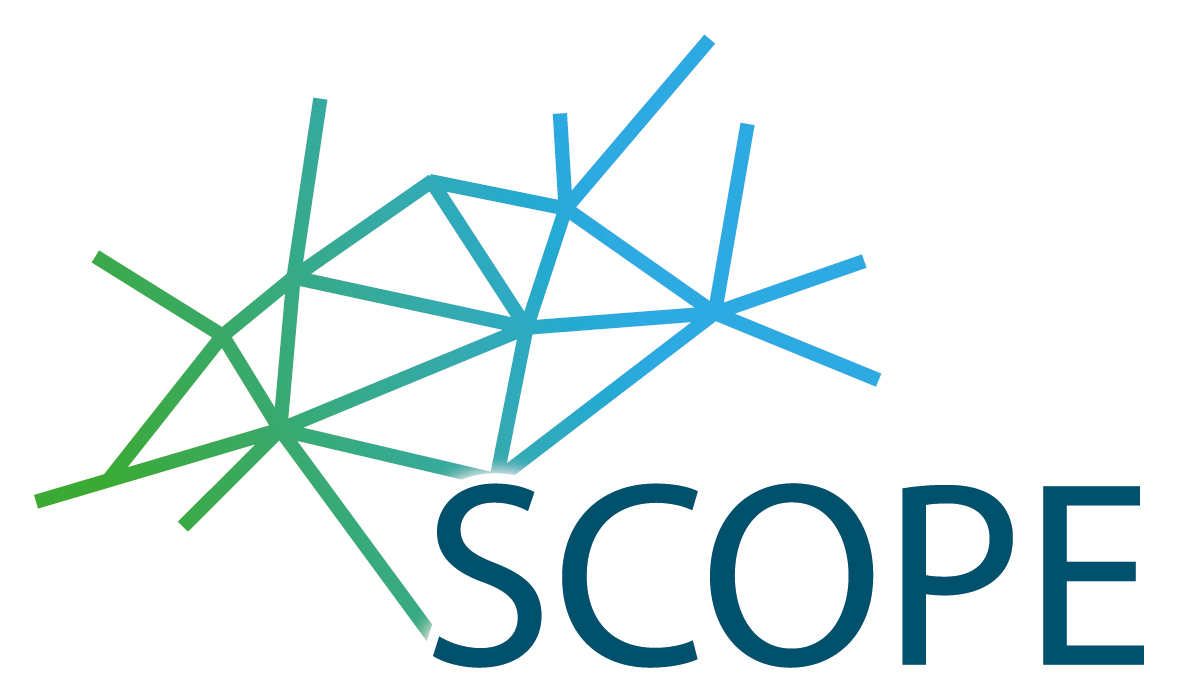| Laufzeit: | 06/2018 - 05/2021 |
| Auftraggeber / Zuwendungsgeber: |
Bundesministerium für Wirtschaft und Energie (BMWi) |
| Kooperationspartner: | Ed. Züblin AG, TU Darmstadt |
| Webseite: | www.projekt-scope.de |
| Projektfokus: |
SCOPE – Project Data Environment and Modeling of Multifunctional Building Products with Focus on the Building Envelope
Software-independent lossless project data environment and federal self-describing parametric modeling of multifunctional building products based on the Semantic Web with focus on the building envelope

One challenge of Building Information Modeling (BIM) is to have the necessary details available without slowing down the process. The new concept of Rule-Based Views (RBV) and platform-independent data storage makes it possible to load exactly those data into the application that are required. While most BIM formats simultaneously have many unnecessary variables while other variables are missing, Semantic Web technologies provide the opportunity to provide all available product data so that it can be easily found.
In terms of minimum primary energy requirements and high user comfort, innovative, multifunctional facade elements can play a key role in buildings of the future. In addition to typical functions, they can, for example, use regenerative energy sources or contribute to the ventilation of the building. Integration into construction processes can only be insufficiently guaranteed by the use of currently available methods of Building Information Modeling (BIM) due to limited interoperability. Among other things, a federal self-describing database for virtual building envelope components based on web technologies will be developed in order to significantly facilitate the use of multifunctional facade elements during planning, construction and operation. This can also be applied to other building components, especially if they are multi-functional across different trades. In addition to the virtual product database, the Rule-Based Views (RBV) method is also being further developed, which makes it possible to deal with the high level of detail typical of facade components without impairing the performance of the IT programs for further processing. The data and methods required for this will be combined in a project platform based on web technologies. The product database, the tools for model processing and a project platform will be tested in practice in pilot applications with associated partners.
Publications on this topic:
- Description of the use of functions in machine language for cost-efficient Building Information Modeling (in German) (publica.fraunhofer.de)
- Seven methods for comparing innovative building envelopes with an even better price-performance ratio in the future (in German) (publica.fraunhofer.de)
- Four new approaches to optimize building design more cost-effectively and reliably (in German)